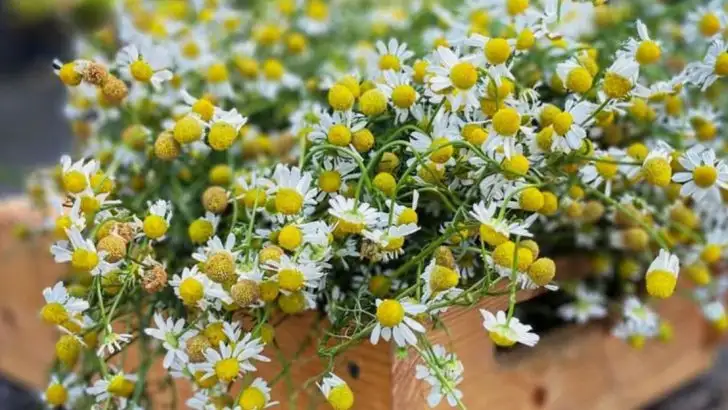Aromatic plants do more than delight your senses—they actively shape your garden’s ecosystem. From attracting pollinators to repelling pests, the scents released by herbs, flowers, and foliage can have powerful effects above and below the soil.
Scientific studies show that plant aromas influence insect behavior, microbial activity, and even neighboring plant growth. By thoughtfully incorporating fragrant species, you can create a more balanced, resilient garden—while adding layers of sensory enjoyment.
In this article, explore the science of scent and learn how aromatic plants influence your garden—and how to use their natural power to your advantage.
Lavender
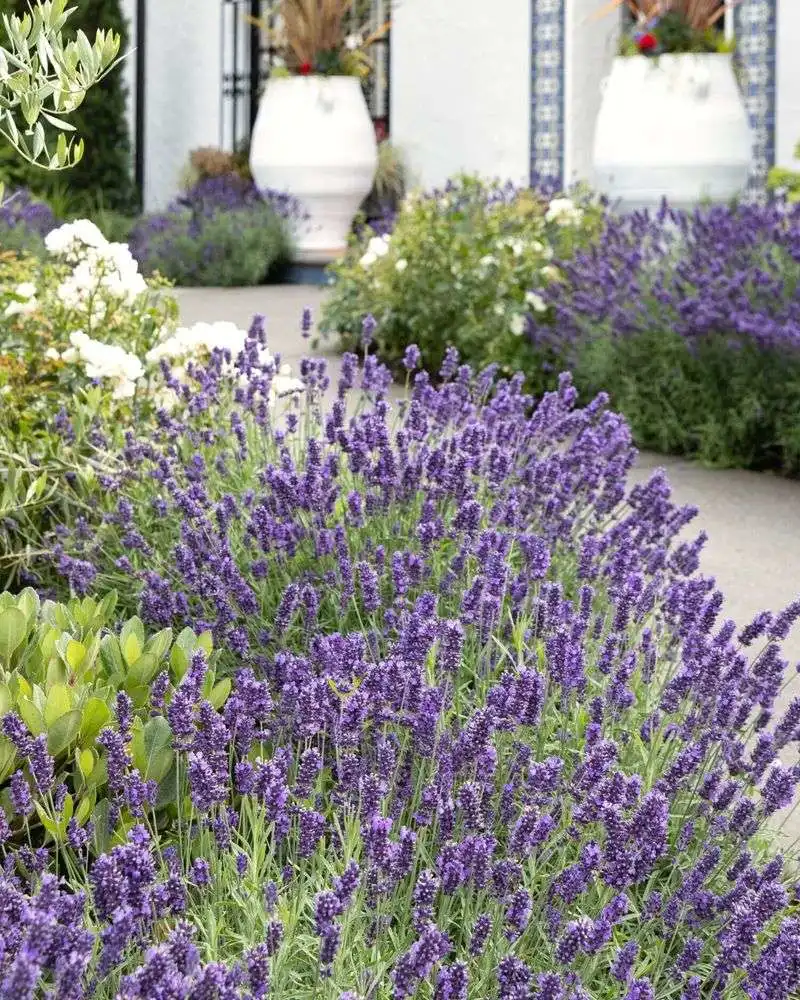
Imagine a gentle breeze carrying soothing notes of lavender. This plant, known for its calming scent, offers a retreat from everyday stress. Plant lavender near seating areas to create a relaxing atmosphere. Its fragrance isn’t just pleasant; it also deters mosquitoes and other pests, making your garden a peaceful haven.
Lavender’s history is rich, with roots in ancient Roman bathing rituals. It’s a testament to its enduring appeal. Its purple blossoms attract beneficial pollinators, enhancing garden health. Consider incorporating lavender into your scent-focused garden design.
Rosemary
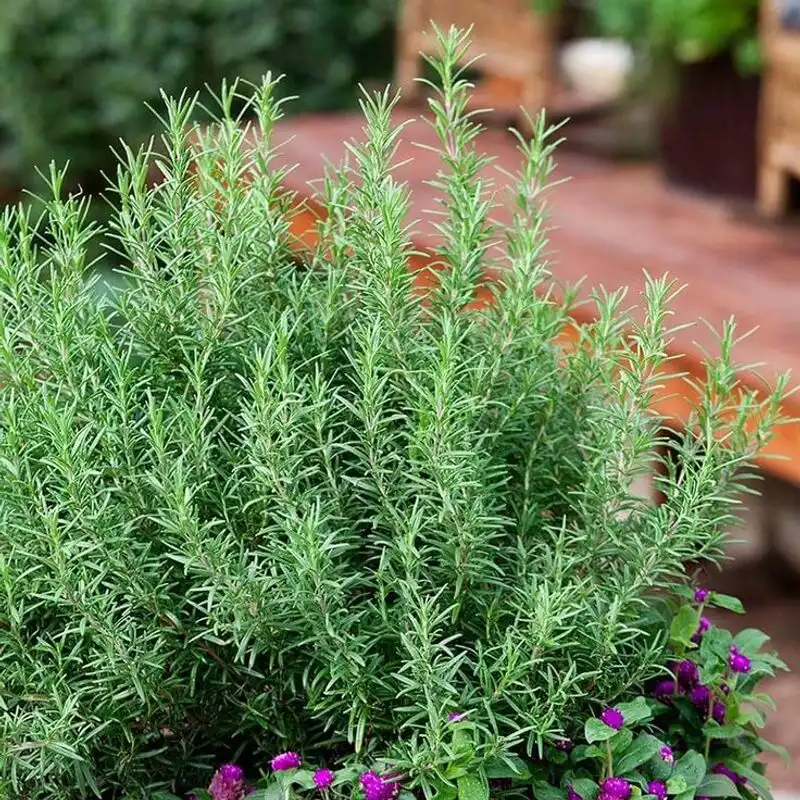
Known for its culinary uses, rosemary also brings unique fragrance to your garden. Its pine-like aroma invigorates the senses, adding an energetic note. Planted by the garden path, it releases its scent as you brush by, creating a sensory journey.
Historically, rosemary symbolizes remembrance and is often used in ceremonies. It’s a hardy plant that thrives even in challenging soil conditions. Its aroma repels pests, while attracting pollinators, promoting garden biodiversity. Rosemary’s resilience and fragrance make it a garden staple.
Mint
Mint’s refreshing aroma offers a burst of coolness on hot days. Whether you’re sipping lemonade or simply enjoying your garden, mint’s scent invigorates. Planted in containers, it prevents unwanted spreading while enhancing your garden’s sensory appeal.
Historically, mint was used in ancient Greek hospitality rituals, showcasing its welcoming nature. Its strong scent naturally deters pests like ants and aphids, protecting your garden’s health. Mint’s dual role as a fragrant and functional plant makes it indispensable.
Basil
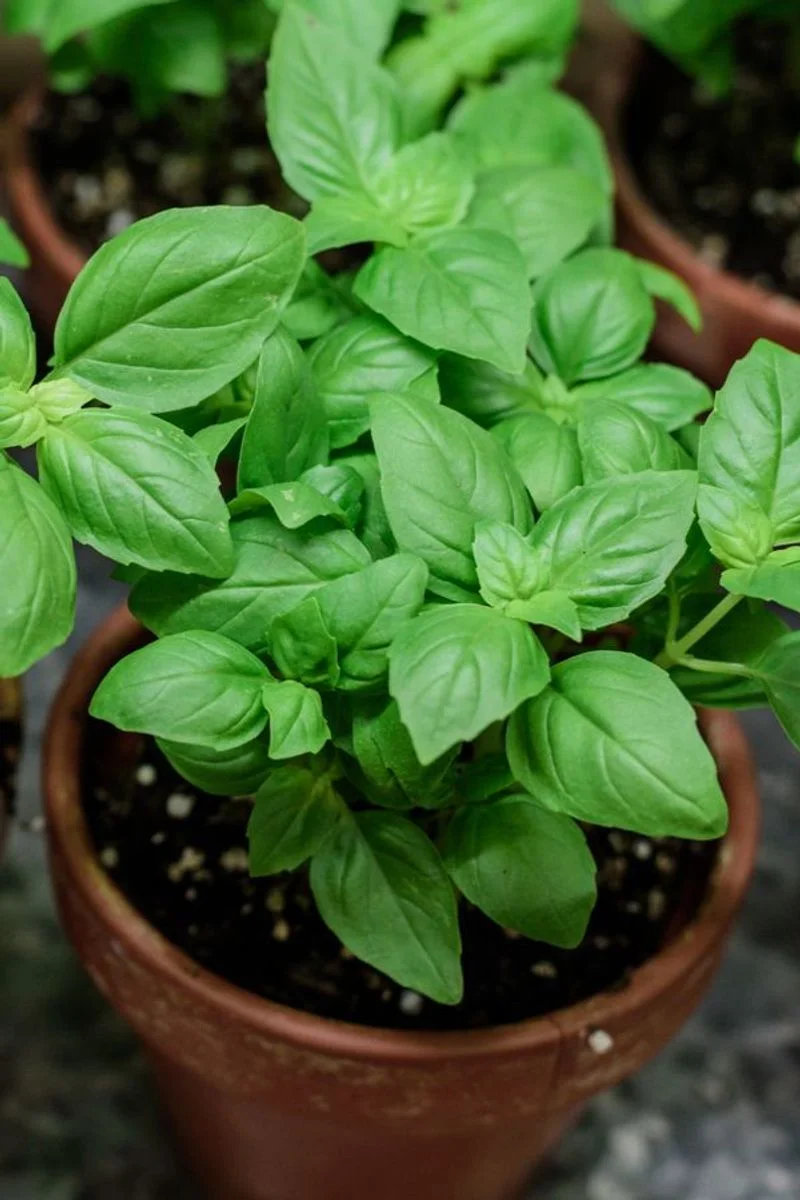
Basil’s sweet, peppery fragrance brings warmth to any garden. Its scent is synonymous with summer and outdoor gatherings. When placed near tomato plants, it enhances their growth and flavor, embodying its role in culinary harmony.
Basil has roots in ancient Indian rituals, where it was revered as a sacred plant. Beyond its aromatic charm, basil repels harmful insects, ensuring a thriving garden. Its dual purpose of flavor and fragrance makes it a gardener’s delight.
Chamomile
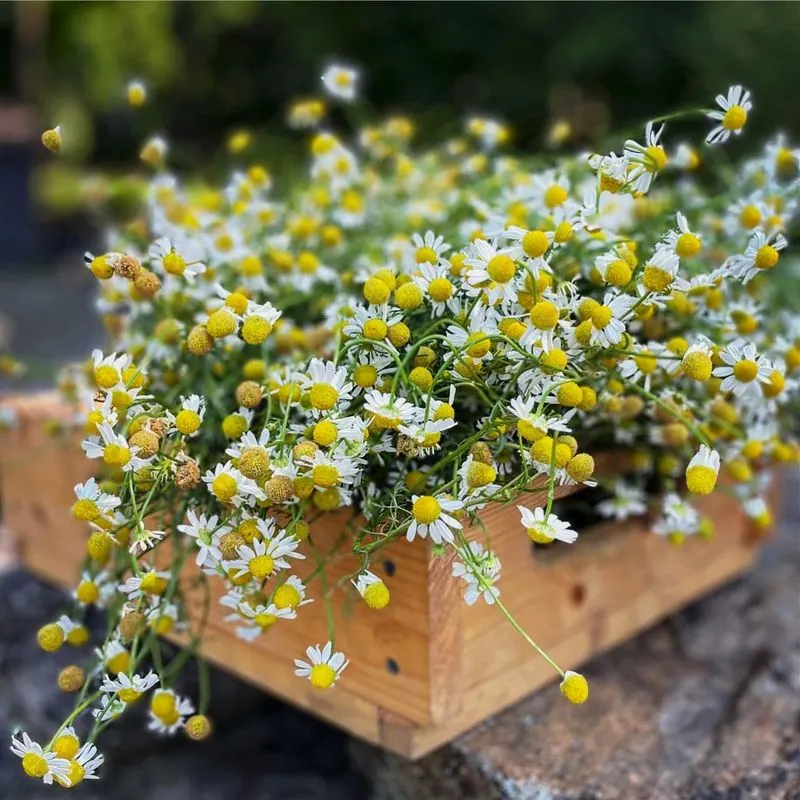
Chamomile’s apple-like scent offers a gentle invitation to unwind. Known for its calming properties, this plant transforms gardens into tranquil retreats. Planted along pathways, it releases its scent with every step.
Historically, chamomile has been used in traditional medicine for its soothing qualities. Its flowers attract beneficial insects, contributing to garden health. Chamomile’s combination of scent and serenity makes it a beloved garden addition.
Thyme

Thyme’s earthy aroma is a grounding presence in any garden. This robust herb thrives in rocky settings, where its fragrance and resilience shine. Use it as a fragrant ground cover or in borders for a sensory delight.
Thyme has been a symbol of courage since ancient times, often gifted to warriors. Its scent repels pests, safeguarding your garden naturally. Thyme’s versatility and aromatic appeal are unmatched, making it a garden favorite.
Sage

Sage’s woodsy aroma offers a sense of grounding and peace. Traditionally used in cleansing rituals, sage adds depth to garden scents. Its silvery leaves contrast beautifully with vibrant flowers, adding visual interest.
Sage’s history is rich, once regarded as a powerful healing herb. It’s a tough plant, easily adapting to various environments. By repelling garden pests, it supports a healthy ecosystem. Sage’s fragrance and resilience make it a valued garden companion.

